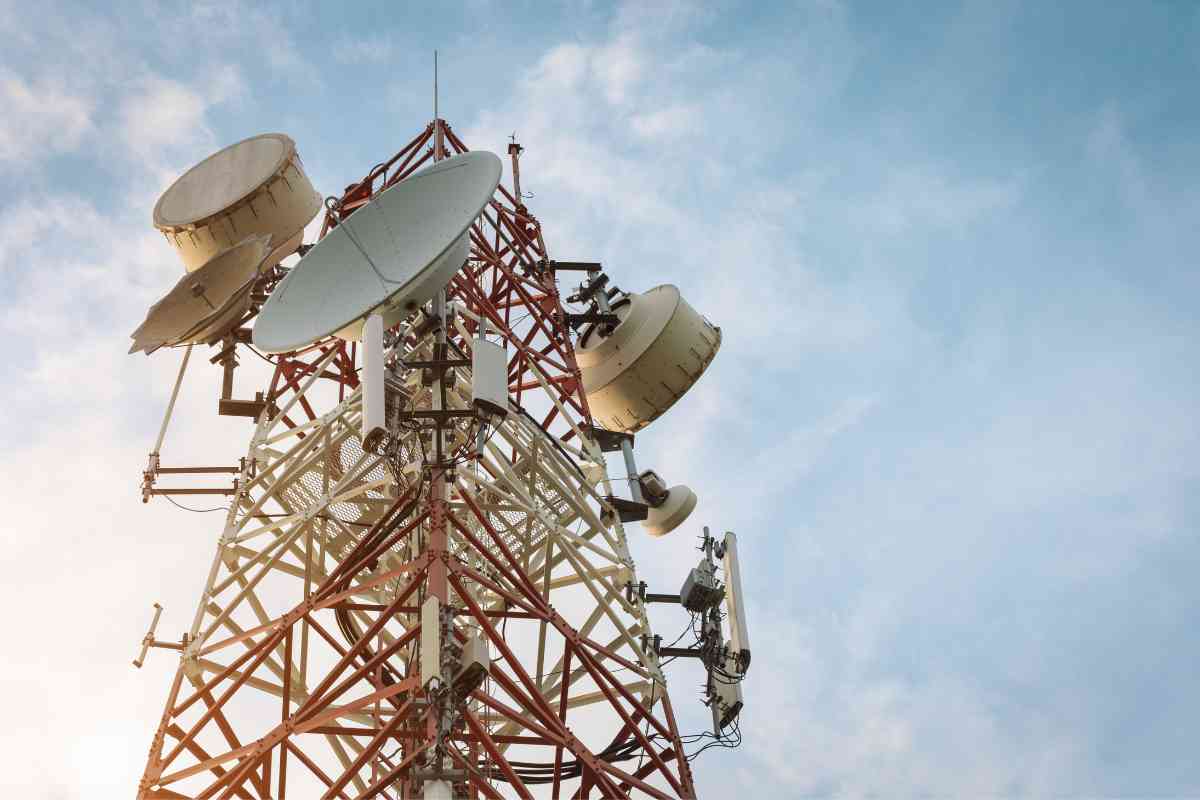
The Cellular Operators Association of India (COAI), as well as the GSMA, a global telecom body or association, is batting for the availability of 6 GHz spectrum for cellular services. The telco bodies want the 6 GHz spectrum to be available for commercial use. This is because Indian telecom operators only have 300 MHz in the 3300-3600 MHz spectrum band for mid-band 5G right now. This means a shortfall from achieving at least 2 GHz of mid-band spectrum for 5G services.
In the future, it is the availability of more mid-band spectrum that would make a big difference in the kind of experience that consumers have with 5G. As more users start latching onto the 5G networks, the telcos would require more mid-band spectrum to cater to a country such as India, which has people living in the remotest corners. This is why the 6 GHz spectrum band could make a huge impact. There are people who want India to go the international route and delicense the 6 GHz spectrum fully or partially.
Read More - BSNL 4G, What’s So Interesting About it
But that might not necessarily suit a country such as India, which has users with a habit of very high data consumption. The spectrum resources with the Indian telcos should be higher to ensure consumers in the country can get seamless network connectivity and data services. There are several benefits that India would see if it allocates the 6 GHz spectrum for commercial use.
Firstly, it would help with boosting the network capacity. Second, because it is the 6 GHz network, it would also ensure that faster data speeds are delivered to the consumers. Further, because the 6 GHz band is a contiguous block of spectrum, it would enable better spectrum efficiency for mobile network operators.
5G is at a nascent stage in India. The telcos have just participated in one round of 5G spectrum auctions. They would surely be looking for future auctions to bring them more spectrum in the mid-band frequencies range. To ensure a better 5G experience, telco bodies globally are batting for the commercial availability of the 6 GHz spectrum.















